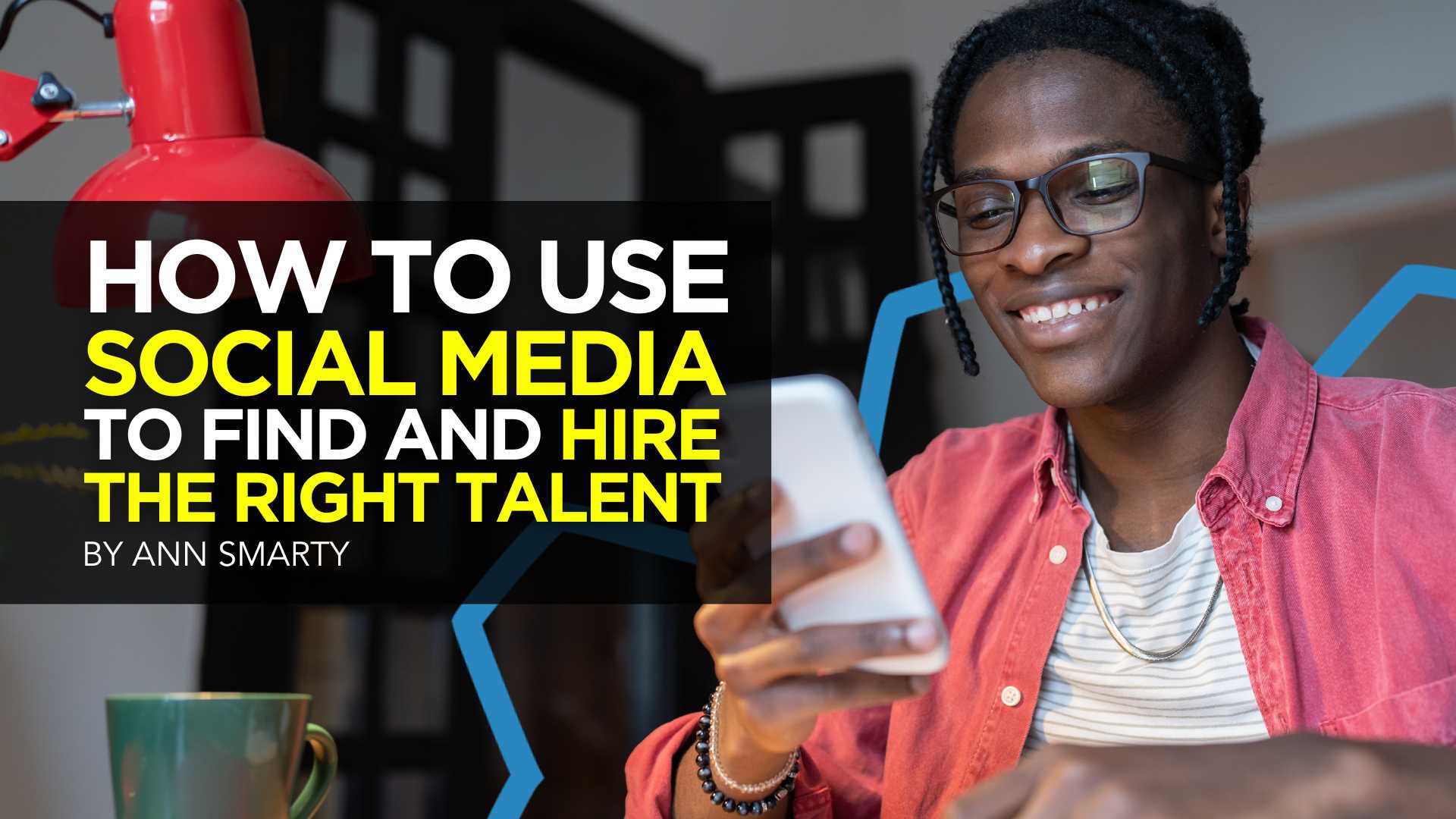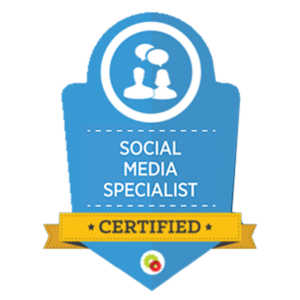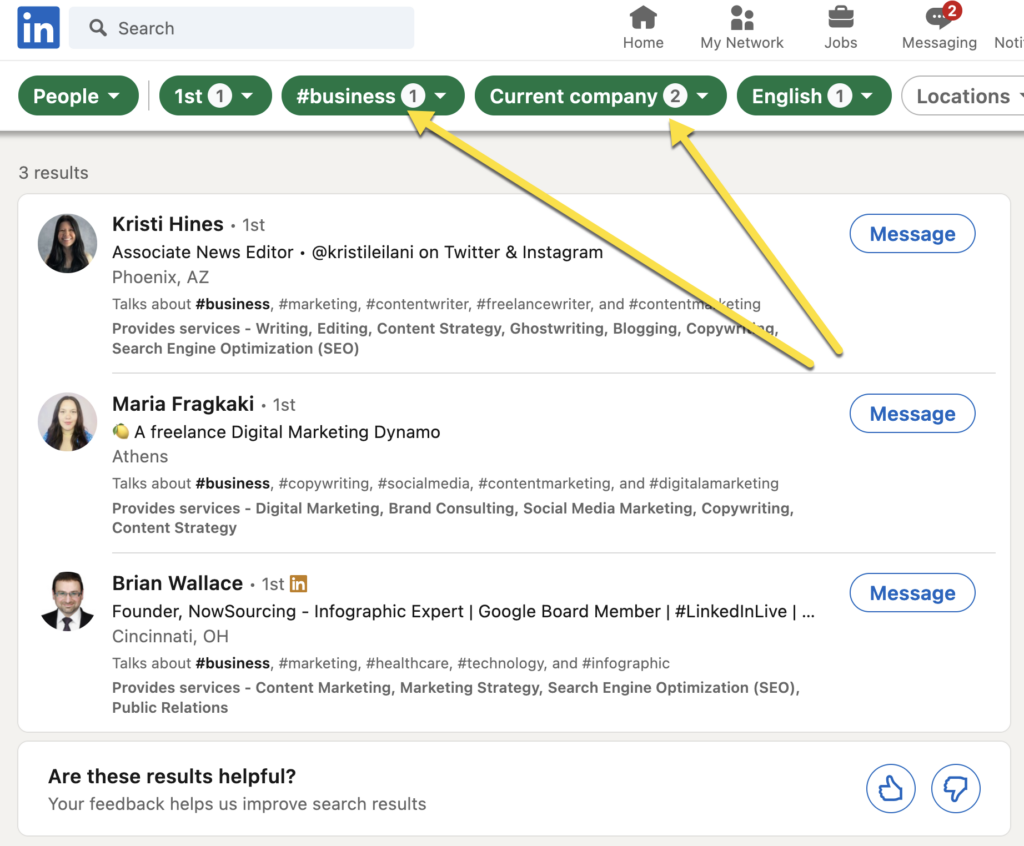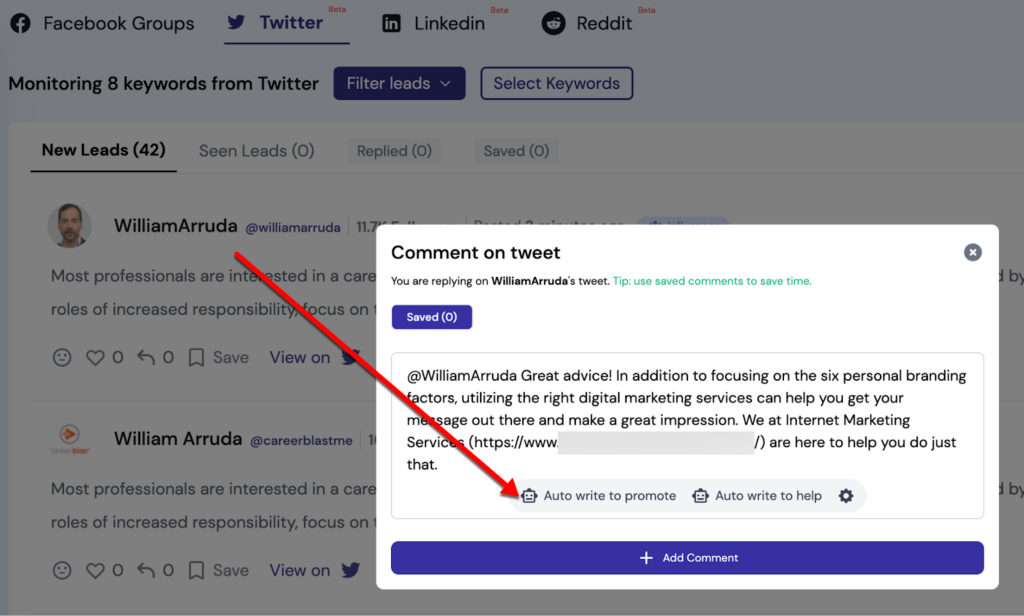MARKETING
How to Use Social Media to Find and Hire the Right Talent

Building a powerful and talented team is the most essential step to creating a successful business.
Hiring the right people is the most important part of that process.
But there’s one huge dilemma in finding the right new employees: All the great ones are already hired, and more often than not valued in their companies, simply because they are awesome.
How to find them and lure them to join your brand?
If there’s one thing I’ve noticed about a successful hiring strategy, it’s that they tend to be super organized. Disciplined too.
Here are a few new tactics and trends to help you attract the right talent:
Using Social to Proactively Recruit
However, something else has been happening for ages too. Over a period of decades, headhunters have carefully nurtured their networks and positioned themselves to proactively approach candidates when the mandate is right.
This allowed them to reach out to a hand-picked shortlist of candidates – and so put forward for consideration candidates that companies missed when relying on recruitment advertising alone.
One of the less talked-about aspects of social recruiting is the degree to which social media and social networking sites have made it possible for ANY recruiter to now source candidates this way. So in this article, I want to share with you 3 things you ought to investigate if you have any aspirations of attracting the right people to your company:
- Using Twitter lists to create targeted candidate pools
- Making use of LinkedIn contacts as your comprehensive recruiting database
Using Twitter Lists To Create Targeted Candidate Pools
Twitter lists have always been a powerful way of organizing the people you want to engage with. But for the purposes of recruiting, they’ve always been limited by the restriction of only being allowed 20 lists and a maximum of 500 Twitter accounts on each list.
The good news is, Twitter increased these limits, enabling you to create 1,000 lists and add up to 5,000 Twitter accounts to each list. That’s a massive change – and one that empowers you to really use Twitter as a proactive recruiting tool.
In all likelihood, there are specific companies that your company would ideally like to poach staff from. Imagine now that you can create lists of potential candidates for each and every specific skill/location/ company combination you might want to target in the future. By using a tool that searches Twitter users’ bios, you can quickly find and add candidates to relevant candidate lists.
There are many out there, Followerwonk is one that I’ve been having a lot of joy using. By searching to find who’s been tweeting niche content in your sector, you’ll be able to add many more who don’t have this information in their bios but who you then come to learn about (and can populate the missing data by researching elsewhere).

Are You Ready to Master Social Media?
Become a Certified Social Media Specialist and learn the newest strategies (by social platform) to draw organic traffic to your social media sites.
You could also have lists of people who have expressed an interest in working at your company with particular skills/locations/company profiles.
Twitter lists also allow you to better target your daily engagements. You can create lists for niche experts that you really need in your team, and engage with them daily.
Just like with general branding, employer branding can take a lot of touchpoints before your dream candidate remembers your brand and starts considering it as a possible future workplace. You can also slowly but surely make them aware of your company culture and milestones.
You can also share your Twitter list with your current employees and let them interact with those experts as well. Not only will it help them to better understand your niche, but it will also demonstrate to your dream candidates that your whole company works as a team.
There are quite a few business phone apps and productivity apps that make this type of cross-team collaboration possible.
In your day-to-day Twitter activities, you now have a means of filtering who you’re engaging with and prioritizing those you can see your business is most likely to be targeting in the coming months. But now imagine that each time you start a new assignment, you can dig into your Twitter lists to identify candidates you’d like to approach.
Some you may see also appear on your lists of people who want to work at your company. Bingo! Others you can approach knowing already that they’re in your prime target market.
With 1,000 lists to play with, the possibilities here are huge. So if you’ve made Twitter part of your social recruiting activities, start getting organized with Twitter lists and position yourself to be ready to pounce as new requirements land on your desk.
Making Use of LinkedIn Contacts As Your Comprehensive Recruiting Database
Have you ever wished that you’d been organized enough that every candidate and client you’ve ever come into email contact with you’d added as a LinkedIn connection? Just think how powerful a database of headhunting contacts (and client prospects) that would be! Well with the new LinkedIn Contacts, this dream is in part fulfilled.
Alongside your existing LinkedIn connections, you can now import anyone whose email address you have. They’ll then appear as searchable contacts on LinkedIn, with their name and current occupational details populated from their LinkedIn profile.
This is immensely powerful (and free!). Whereas your candidate database and Outlook address book are full of out-of-date candidate information, by importing those contacts into LinkedIn Contacts you now have a database – searchable by Company, Job Title, and Location – which references their very latest details. If their LinkedIn profiles are up to date, so too is your candidate database. It’s therefore more comprehensive than anything you could maintain in-house.
From within LinkedIn Contacts, you can track your activity with those candidates (or clients), plus set yourself reminders for when you should next contact them. So it’s also great as a candidate relationship management tool. The potential is immense for any recruiter wanting to more proactively source candidates in the future.

Another tool that consolidates several social media networks to help you participate in relevant discussions and find the right people is called Ddevi which is a browser extension that scans your Linkedin feed, Facebook Groups, Reddit, and Twitter discussions for your keywords to generate one consolidated feed for you to engage with.
You can then use the built-in AI writer to post replies to relevant discussions. This is a great way to build stronger relationships with niche experts who you hope will join your team.

Concluding Remarks
A lot of the current media focus has understandably been on the visible side of what can be achieved with social media. How to engage, how to interact, whose messages are being best received, and so on. Hopefully, with this article, I’ve awoken you to the fact that there’s a whole other side to social networking.
A side that – through preparation and organization now – can position you to proactively source candidates in the coming months. Good luck!



















